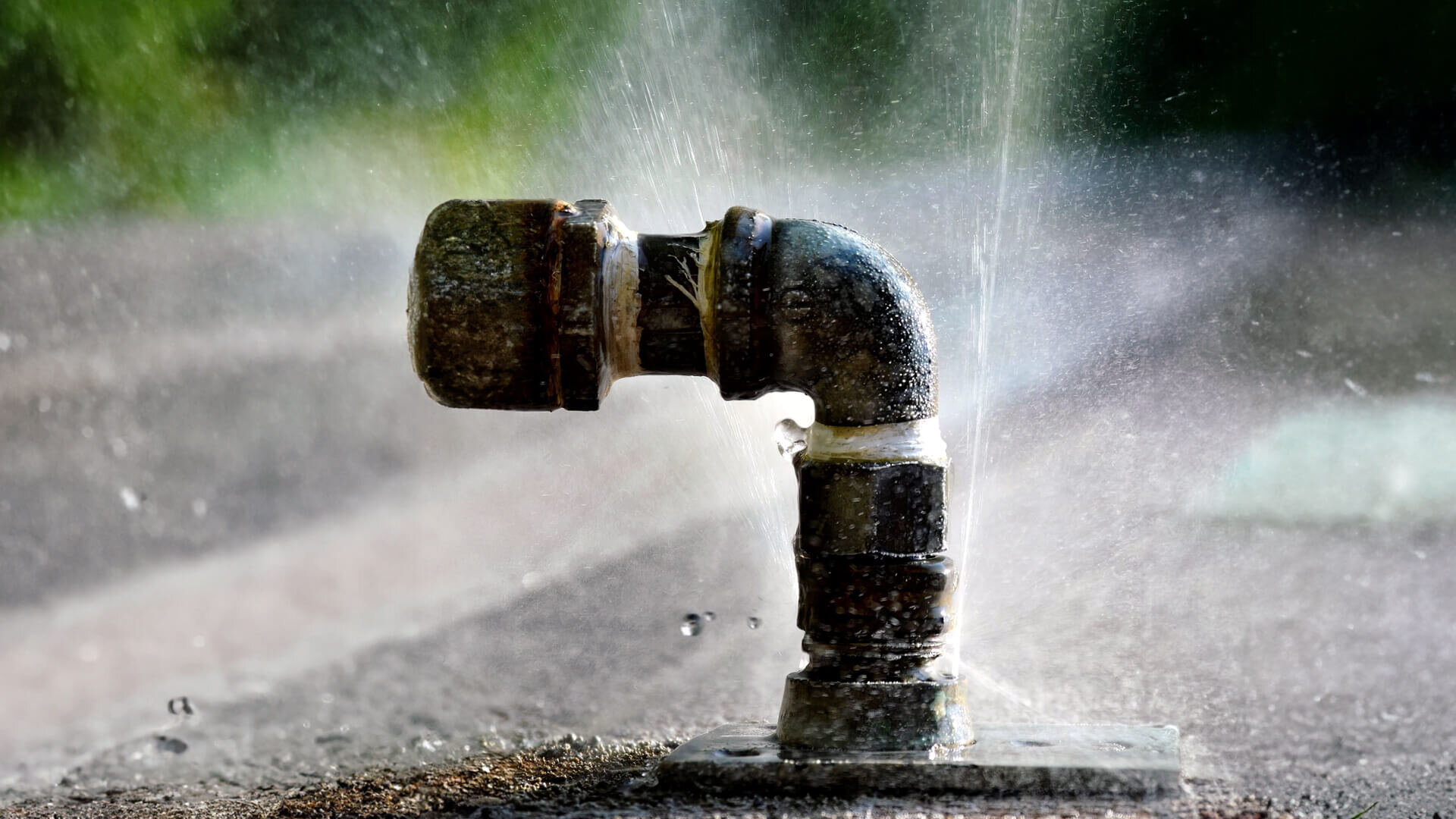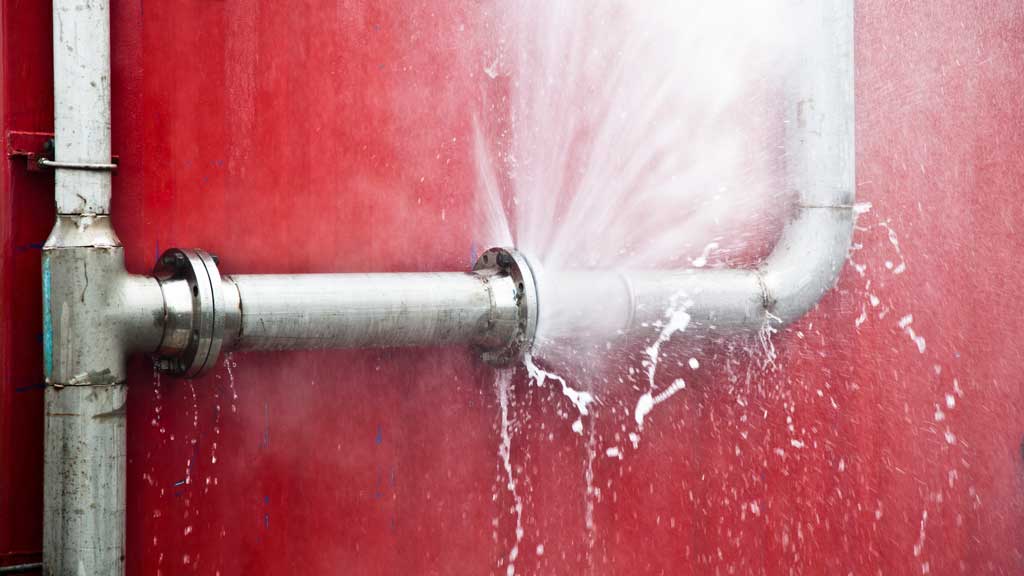Preventing a Burst Pipe: Tips for Protecting Your Plumbing During Winter
Preventing a Burst Pipe: Tips for Protecting Your Plumbing During Winter
Blog Article
Preventing Burst Water Lines: Necessary Tips to Secure Your Plumbing
Stopping burst pipelines is a critical problem for house owners, particularly throughout chillier months when the danger of freezing is enhanced. Applying strategic procedures such as proper insulation, regular evaluations, and preserving consistent indoor temperatures can considerably minimize the possibility of pipeline failing.
Understand Pipeline Vulnerabilities
Understanding pipe susceptabilities is vital for effective plumbing upkeep and protecting against pricey damages. Several factors add to the susceptibility of pipes to ruptureds, including product composition, age, and environmental conditions. Older pipes, specifically those made from galvanized steel or polybutylene, usually deteriorate in time, bring about boosted threat of ruptures and leakages.
Temperature level changes can additionally considerably effect pipeline integrity. In colder environments, water caught in pipelines can freeze, putting in and expanding pressure on the pipeline walls, which might inevitably cause a burst. Moreover, high water stress can stress pipelines, especially at bends and joints, enhancing the possibility of failure.

Insulate Pipeline Correctly
Appropriate insulation of pipelines is crucial for avoiding freezing and subsequent bursts during winter (burst pipe). Shielding your pipes system properly safeguards against temperature goes down that can lead to costly damages. Begin by determining vulnerable locations where pipelines are exposed to outside temperature levels, such as cellars, attics, and exterior walls
Use foam pipe insulation sleeves or wrap insulation tape around these locations to provide a protective obstacle. Guarantee that all areas of the pipelines, especially those with minimal warmth exposure, get sufficient insulation. Pay unique interest to installations and joints, as these are extra prone to cold.
When shielding, it's vital to pick materials that satisfy neighborhood building regulations and are proper for the certain setting. As an example, fiberglass insulation is frequently recommended for its thermal resistance residential or commercial properties - burst pipe. Furthermore, take into consideration making use of warm cable televisions or tape in severe problems, which can be plugged in to give extra warmth
On a regular basis check insulated pipelines for any kind of signs of wear or damages, as endangered insulation can reduce its effectiveness. By taking these proactive procedures, you significantly reduce the risk of pipeline bursts, guaranteeing a trusted pipes system throughout the winter season.
Maintain Constant Temperature
A secure indoor temperature level is important for stopping burst pipelines throughout the cold months. When temperature levels decline, water within pipelines can ice up, broadening and producing pressure that may eventually trigger the pipelines click here for info to burst.Using a programmable thermostat can help handle interior temperature levels effectively, making certain that spaces with pipes continue to be warm even when the home is empty.
Furthermore, it is sensible to enable faucets to trickle a little during extreme cold snaps. This small circulation of water can avoid freezing by minimizing pressure within the pipes. Furthermore, throughout particularly severe weather events, take into consideration momentarily putting on hold any kind of nighttime setbacks on your thermostat to preserve a constant cozy atmosphere. By applying these approaches, property owners can considerably lower the threat of pipe ruptureds and protect their pipes systems against the rough winter season elements.
Frequently Inspect Pipes
Routine examinations of plumbing systems are essential for protecting against ruptured pipelines and maintaining overall home integrity. Routine checks enable house owners to determine potential concerns before they rise right into costly repairs or major water damages. During these evaluations, it is important to check out noticeable pipelines for signs of deterioration, leakages, or put on. Pay unique attention to locations vulnerable to freezing, such as cellars, attic rooms, and exterior wall surfaces.
Additionally, inspecting joints and links is vital, as these factors are commonly vulnerable to leaks. House owners ought to likewise assess water stress levels, as excessive stress can strain the pipes system and raise the danger of pipe bursts.
Take into consideration scheduling professional pipes evaluations at least when a year, particularly prior to winter, to ensure your system is prepared for colder temperature levels. By being proactive Our site in your approach, you can safeguard your home versus the pricey and disruptive repercussions of ruptured pipelines.
Know Emergency Treatments
Recognizing emergency situation treatments is vital for every home owner, especially after carrying out normal plumbing assessments. Being prepared for a pipes emergency situation can substantially minimize damage and conserve prices.
Next, maintain necessary tools useful. A plumbing emergency set ought to include a wrench, bettor, and towels, as well as a flashlight and a bucket for small leaks. In addition, think about having the call information for a relied on plumbing easily available, ought to the scenario rise past your control.
If you spot a leakage or ruptured pipe, promptly transform off the water system and alert your plumbing technician. Additionally, record the damages with photos for insurance objectives. burst pipe. Understand the signs of prospective pipes issues, such as unusual water stress variations or damp areas on wall surfaces
Inevitably, positive expertise and speedy action are important in managing pipes emergencies, ensuring your home remains secured and minimizing prospective damage.

Final Thought
Finally, protecting against burst pipelines requires a complex method that consists of understanding pipe susceptabilities, correct insulation, keeping consistent indoor temperature levels, regular inspections, and understanding of emergency situation procedures. By implementing these crucial methods, the threat of plumbing failings can be dramatically minimized, consequently guaranteeing the longevity and efficiency of the pipes system. Positive steps not only guard against possible damages however additionally add to total water preservation and the defense of building.
In chillier climates, water entraped in pipelines can ice up, increasing and applying stress on the pipeline walls, which might eventually lead to a burst. When temperature levels decline, water within this page pipes can freeze, creating and broadening pressure that might inevitably create the pipelines to ruptured. By executing these approaches, property owners can considerably reduce the risk of pipeline ruptureds and secure their plumbing systems versus the harsh wintertime components.

Report this page